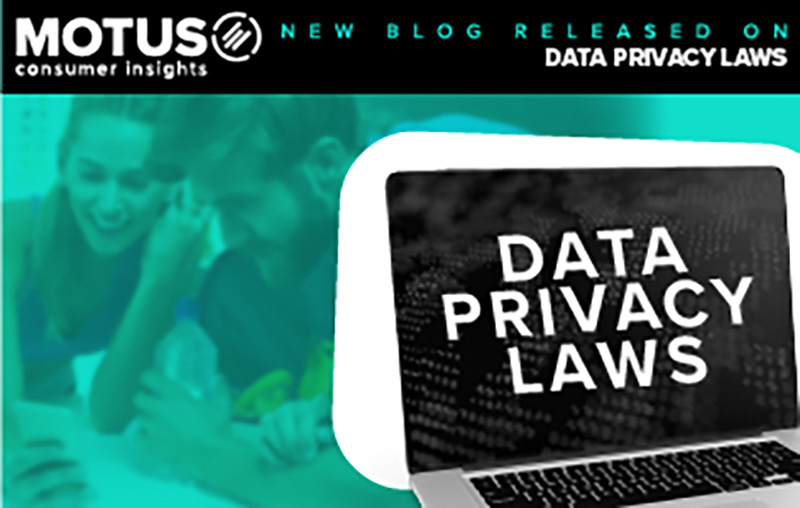Data analysis and evaluation have gradually become an essential part of every successful business model. It’s no surprise that, in recent years, the most valuable and highly successful companies from various industries are data-driven organizations that employ data in their decision-making process.
According to a report from McKinsey & Company, data-driven companies are more likely to acquire and retain more customers than companies that don’t strategically employ data in their marketing and advertisement model. Ultimately, data-driven companies have access to long-term customers, which constitute the backbone of any successful business.
Data, the biggest driver of effective marketing, exists everywhere. However, it is essential to understand how to access, analyze, refine, manage, and apply data to make intelligent decisions that will positively impact and generate more revenues for businesses.
Interestingly this is where consumer data companies come in. They help large businesses and startups to:
- Collect deep insights into every consumer’s preference and usage habits in real-time
- Reach a new audience
- Target the exact set of audience that needs their services.
Most consumer data companies acquire third-party data from other companies known as data aggregators. Data aggregators pull data from websites, apps, or platforms to access consumers’ data.
The usage of data, especially third-party data, by consumer data companies is guided by data privacy laws. Data privacy laws provide a legal framework for how these companies obtain, use, and store data of individuals. They also allow consumers to control how their data is being used. However, in recent times, data privacy laws have become a burden to consumer data companies as there have been different restrictions on the usage of consumer data.
In this article, we’d consider the essence of data, how the ever-changing data privacy laws around iOS updates affect the ability to collect accurate consumer data, and also proffer possible solutions to this underlying problem. Keep reading to learn more!
What Are the Types of Data We Have?
It is essential to understand the different types of data marketers use, as they will benefit you depending on your company’s goals and current situation.
First-Party Data
First-party data refers to the information an organization collects directly from its audience or customers. It is very precious and reliable because it is easy to collect and is available to you at zero cost.
Moreover, since it is collected directly from customers, data privacy concerns are reduced to a bare minimum.
Second-Party Data
Second-party data is basically another company’s first-party data. This type of data is purchased directly from the companies that own the data without any middle-man. It is almost as accurate as first-party data, just that it comes from a source other than the buyer’s customers.
It’s often used between trusted partners who agree to share audience data if it’s advantageous to both of their enterprises.
Third-Party Data
Third-party data is the data obtained by a company that has no direct link to the audience or customers. This kind of data is purchased from major consumer data companies that get it from different platforms and websites. These companies sell third-party data to other businesses looking to conduct advertisement campaigns for new audiences.
How Smartphones Have Improved Data Collection
Data collection can either occur through online means such as consumer activities demonstrated across websites and apps or through offline means such as physical surveys and customer feedback.
Before the advent of the internet and smartphones, only a few companies have access to third-party data. In addition, the scope of third-party data was relatively limited as they have reduced utility and attribution capability.
However, upon the invention of smartphones, most users’ current data, especially third-party data, now revolves around their mobile devices – people take their cellphones with them everywhere, and this makes them a key source of location data.
Location data is a critical aspect of data collection that helps marketing companies reach the right audience at the right time. For instance, location data can be used for real-time targeting, location visitation attribution, and advanced audience segmentation.
Furthermore, all mobile devices have a Mobile Advertiser ID (MAID) that creates a persistent online customer identity when users use apps, web browsers or turn on their locations. When consumer data companies leverage the data derived from MAIDs, they provide quality insights for brands on the preferences and activities of different phone users. Interestingly, this data can be used to reach consumers through all digital advertising channels.
However, since the consumer data available are mainly gathered from consumers’ online activities on their mobile devices and computers, different restrictions and continuous updates from these telecommunication companies have formed a significant problem for consumer data companies.



